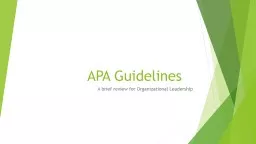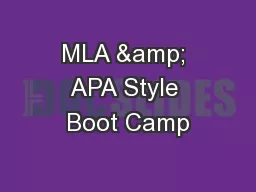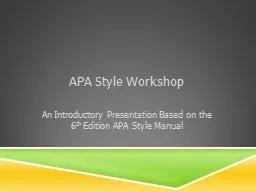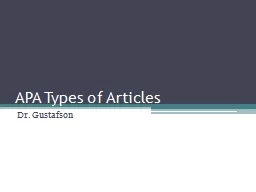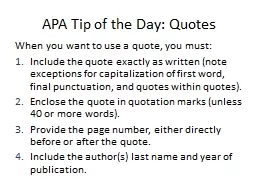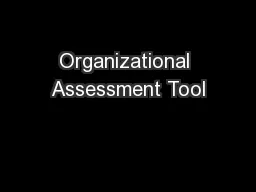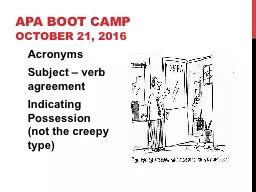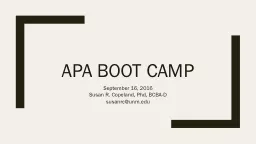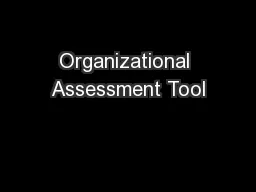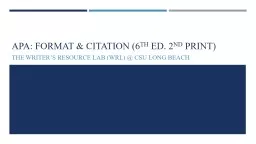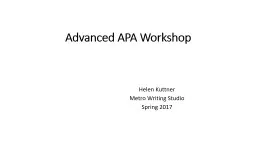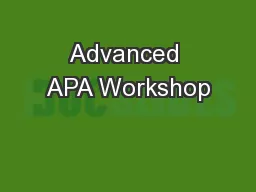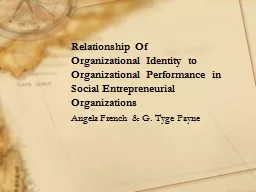PPT-APA Guidelines A brief review for Organizational Leadership
Author : yoshiko-marsland | Published Date : 2018-09-17
Learning Objectives Expectations of graduate level writing Introduce and define APA format Provide general guidelines for APA formatted paper Outline specific format
Presentation Embed Code
Download Presentation
Download Presentation The PPT/PDF document "APA Guidelines A brief review for Orga..." is the property of its rightful owner. Permission is granted to download and print the materials on this website for personal, non-commercial use only, and to display it on your personal computer provided you do not modify the materials and that you retain all copyright notices contained in the materials. By downloading content from our website, you accept the terms of this agreement.
APA Guidelines A brief review for Organizational Leadership: Transcript
Download Rules Of Document
"APA Guidelines A brief review for Organizational Leadership"The content belongs to its owner. You may download and print it for personal use, without modification, and keep all copyright notices. By downloading, you agree to these terms.
Related Documents

